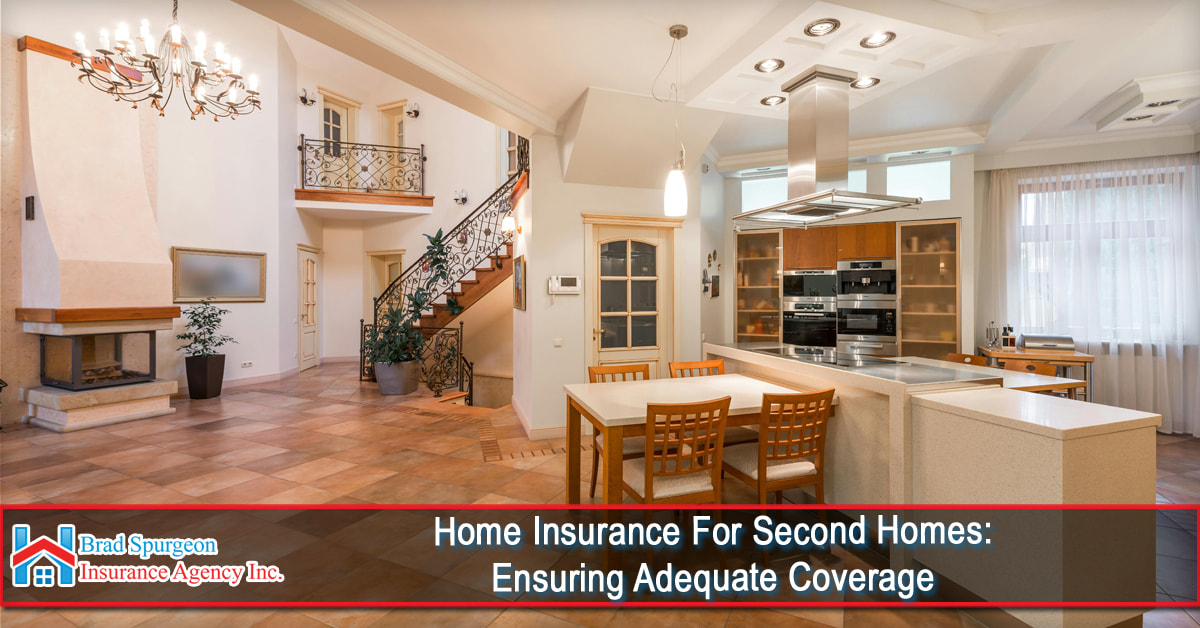Homeowners have two primary options for insuring a second home: a standalone policy or an endorsement to your primary homeowners' policy. Each has its advantages and disadvantages, so it's essential to understand which type best suits your needs.
- Standalone Policy: This is a separate insurance policy specifically for your second home. It provides comprehensive coverage tailored to the property's unique risks.
- Endorsement or Rider: Some homeowners choose to add an endorsement to their primary homeowners' policy to cover their second home. While this may be cost-effective, it might not provide as extensive coverage as a standalone policy.
2. Consider Usage and Location:
The way you use your second home and its location can impact insurance rates and coverage requirements. For example:
- Vacation Home: If you use the property primarily for personal vacations, your insurance needs may differ from those of a rental property.
- Rental Property: If you rent out your second home when you're not using it, you'll likely need specialized insurance coverage, such as landlord insurance.
- Location: The property's location, such as being in a hurricane-prone area or a flood zone, may require additional coverage.
3. Liability Coverage:
Liability coverage is an essential component of second home insurance. It protects you in case someone is injured on your property and sues you for damages. Ensure that your liability coverage limits are sufficient to protect your assets in the event of a lawsuit.
4. Additional Coverage Considerations:
Depending on your second home's characteristics and location, you may need to consider additional coverage options, such as:
- Flood Insurance: If your second home is in a flood-prone area, you may need a separate flood insurance policy, as flood damage is typically excluded from standard home insurance.
- Earthquake Insurance: In earthquake-prone regions, earthquake insurance can be crucial for protecting your second home.
- Vacant Home Insurance: If your property is vacant for extended periods, you may need specialized insurance to cover it during those times.
5. Security and Maintenance:
Taking steps to secure your second home and perform regular maintenance can help lower insurance premiums. Installing security systems, smoke detectors, and maintaining the property can reduce risks and potentially lead to lower insurance rates.
6. Regular Policy Reviews:
It's crucial to review and update your second home insurance policy regularly. Changes in usage, renovations, or the addition of valuable assets may require adjustments to your coverage.
In Conclusion:
Insuring a second home is a vital step in protecting your investment and ensuring peace of mind while enjoying your property. By understanding your coverage options, assessing your property's unique needs, and working with an experienced insurance agent, you can ensure that you have the right insurance in place for your second home. Adequate insurance coverage is the key to safeguarding your property and your financial well-being, allowing you to fully enjoy your second home without unnecessary worries.
At Brad Spurgeon Insurance Agency Inc., we aim to provide comprehensive insurance policies that make your life easier. We want to help you get insurance that fits your needs. You can get more information about our products and services by calling our agency at (409) 945-4746. Get your free quote today by CLICKING HERE.
Disclaimer: The information presented in this blog is intended for informational purposes only and should not be considered as professional advice. It is crucial to consult with a qualified insurance agent or professional for personalized advice tailored to your specific circumstances. They can provide expert guidance and help you make informed decisions regarding your insurance needs.

